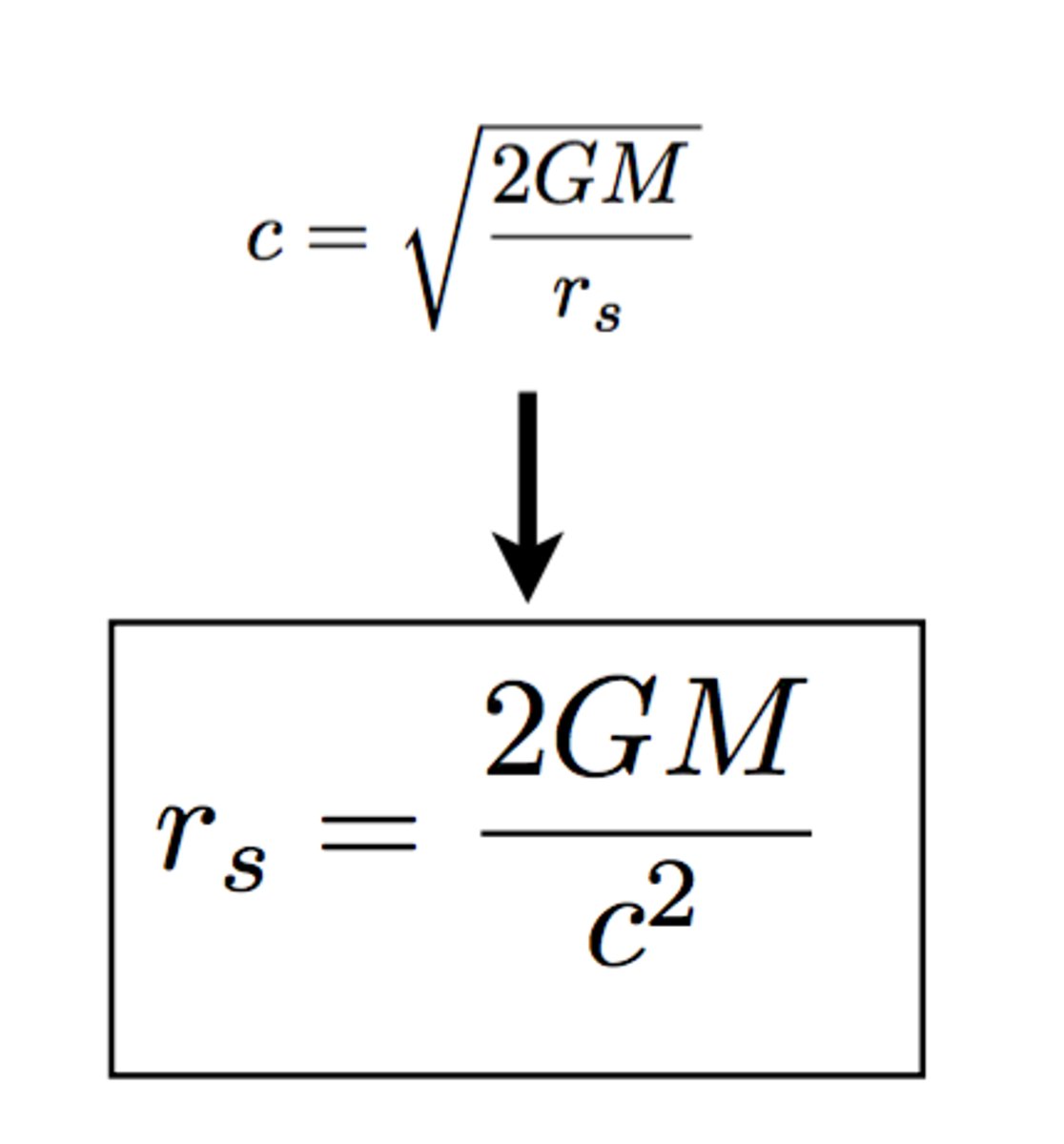Our Universe End of term test
1/28
There's no tags or description
Looks like no tags are added yet.
Name | Mastery | Learn | Test | Matching | Spaced |
|---|
No study sessions yet.
29 Terms
What is the radial velocity method to detect exoplanets?
The periodic Doppler shift of the "wobble" of the star and planet is observed - since both the star and planet orbit around a common center of mass.
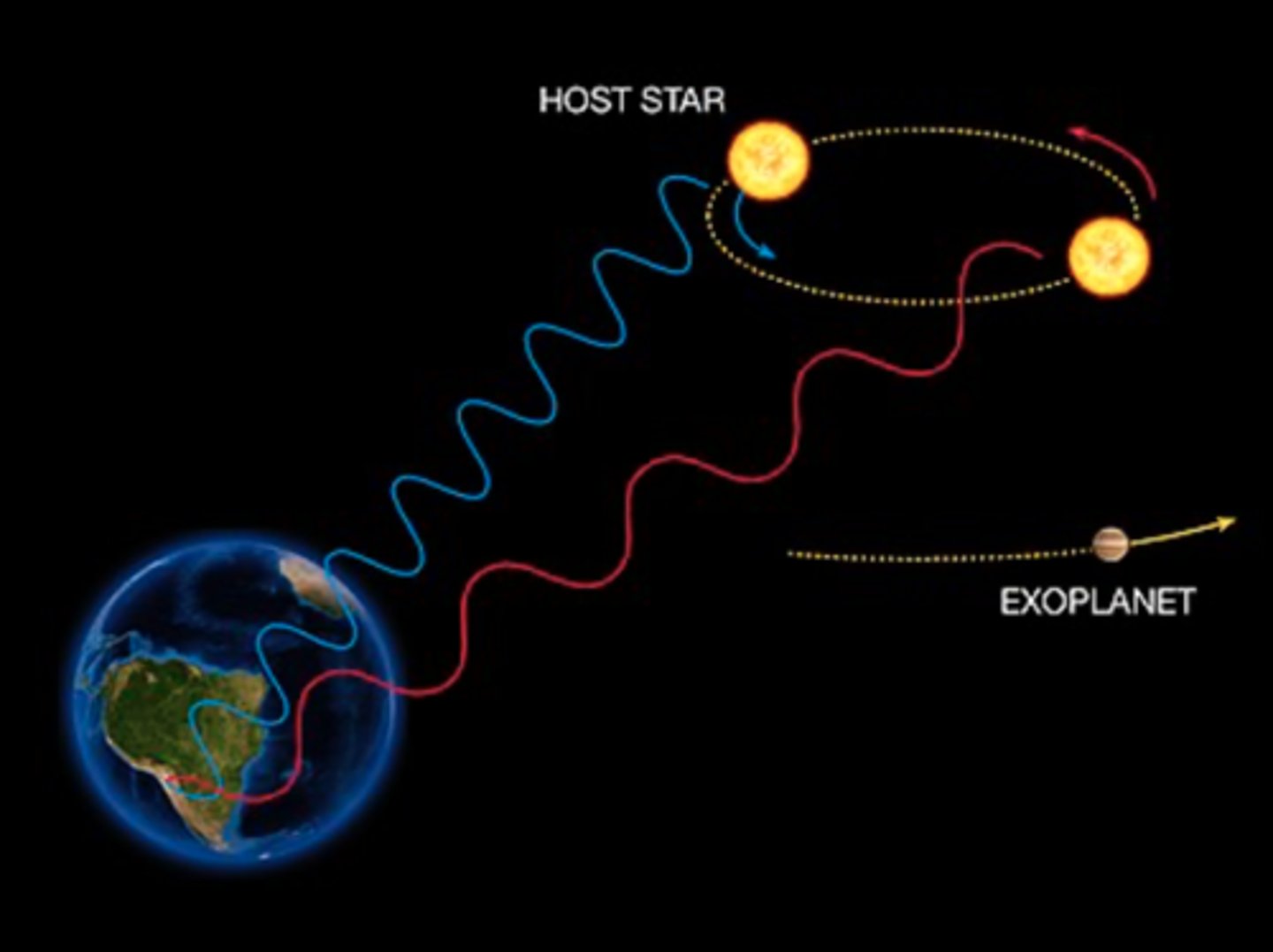
What features of an exoplanet can be detected from the radial velocity method?
1. Mass of the exoplanet
2. Orbital period
3. Eccentricity of the period
4. Number of planets in the system
What is the transit method for detecting exoplanets?
For an edge on planet-star system, the absorption and dimming of light as the planet passes in front of the star can be measured.
What information about an exoplanet can be found from the transit method?
1. Orbital period
2. Features of the atmosphere from spectral absorption lines
3. Mass of the exoplanet
4. Mean density
What is gravitational microlensing?
When another star passes in front of Earth and a distant star, the intervening star acts like a lens, causing us to see the distant star brighter than it is. This effect lasts for a few days.
How does the Sun transport energy inside it?
Radiation and convection
What is radiative diffusion?
Photons generated by nuclear reactions are scattered and absorbed by atoms and free electrons
where does radiative diffusion occur?
Deep inside the Sun
In the Sun, why does convection occur?
Because the gas becomes increasingly opaque to radiation as the temperature decreases and atomic nuclei begin to recombine with electrons.
Then, the lower density of the gas causes it to experience a buoyancy force that causes it to move upwards. When the mass moves upwards, it radiates heat outward, cools and starts to descend. This repeats as the gas continually moves upwards and downwards.
What is the flux of radiation from a star?
The amount of energy received per m^2 per second
Flux equation for stars
F = L / 4pi d^2 , L is the luminosity of the star
The relation between the magnitudes of two stars and the fluxes received by those two stars
m2-m1 = 2.5 log10(F1/F2)
The relation between absolute magnitude (M) and apparent magnitude (m) (equation)
m - M = 5 log10(d) - 5
Red giant star
A star that has exhausted all the hydrogen fuel in its core, and is now burning the hydrogen outside of the core. Because the hydrogen in the core has been used up, the core begins to contract, causing the outer envelope to expand by a huge amount. The star also glows with a red colour because of the decrease in temperature.
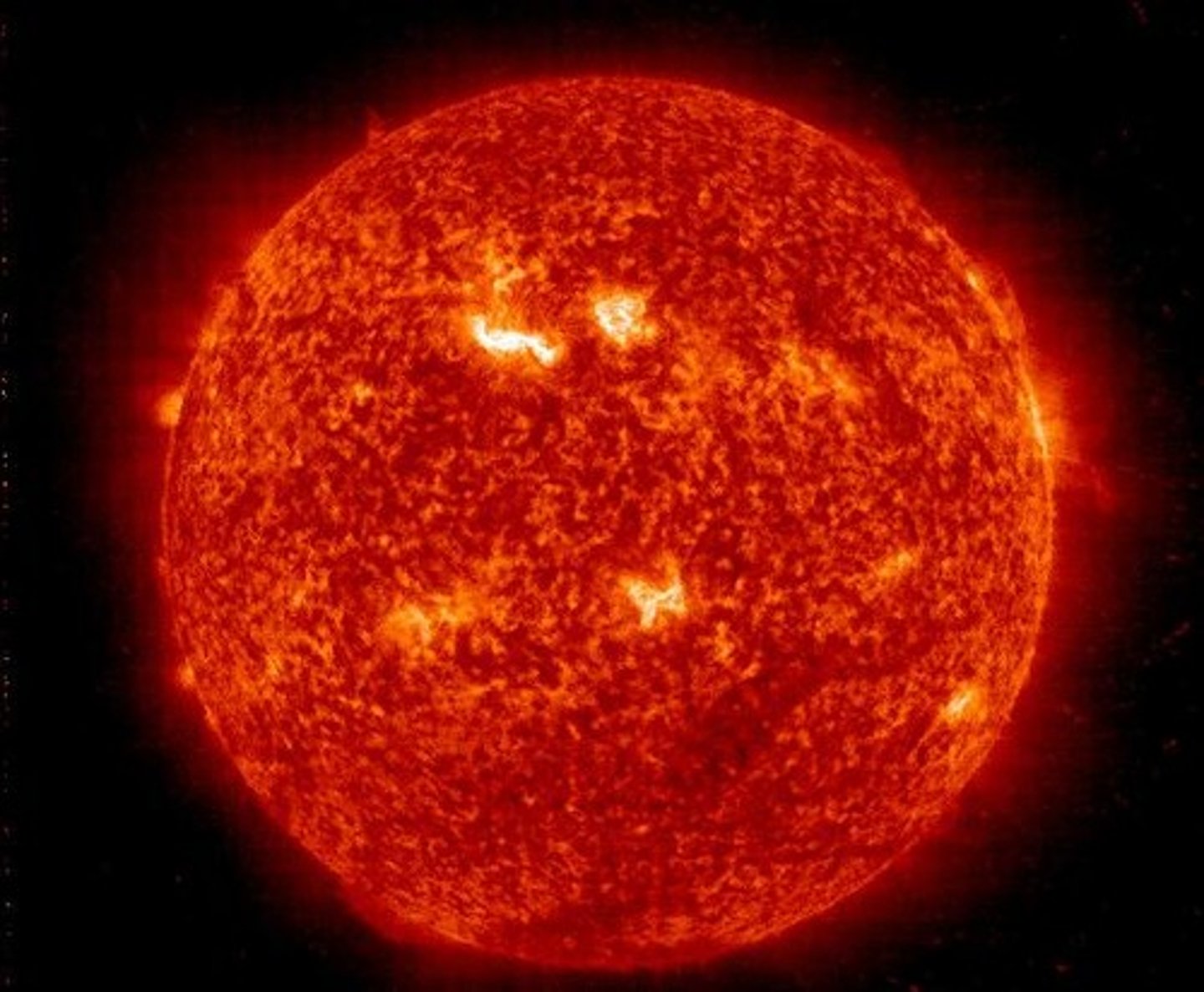
How does helium fuse in a red giant star, and what does it produce?
The triple-alpha process. it produces carbon and oxygen
Helium flash
The core of a red giant star is made from degenerate matter (protected by electron degeneracy pressure). In degenerate matter, helium fusion increases the temperature, which increases fusion rate, and this further increases temperature. This causes a runaway reaction that involves the entire core - the helium flash. Helium is produced at such a large rate it is like an explosion
AGB stars
AGB stars are in their second red giant phase, with a degenerate C-O core, a shell of helium surrounding the core, and a shell of hydrogen surrounding the helium.

Planetary nebula
The outer hydrogen envelope of an AGB star is expanded outwards by a series of helium flashes. The hot core emits radiation which pushes the hydrogen shell even more.
this leaves behind the C-O core which is now a white dwarf.
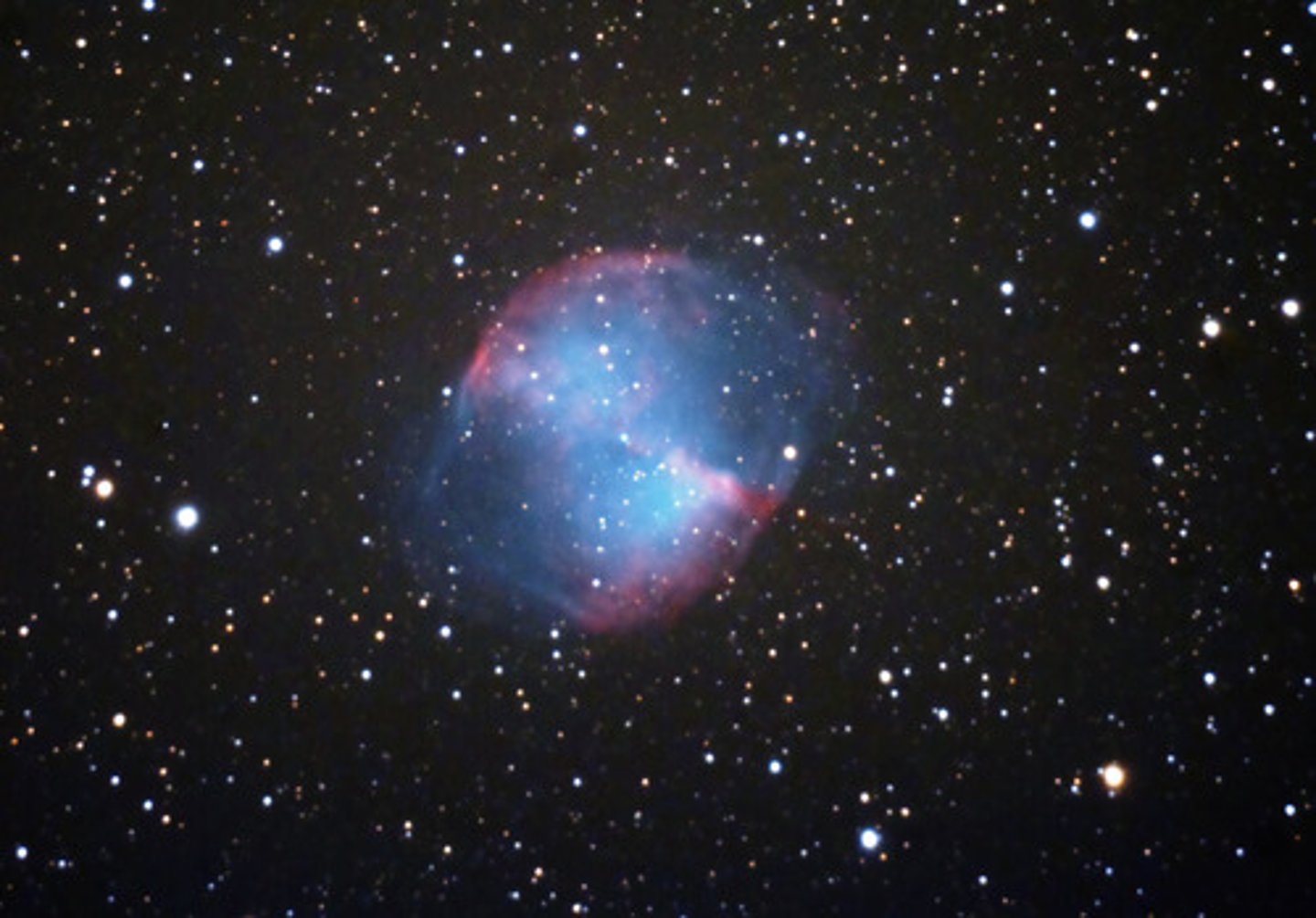
What happens to the core of stars higher than 10 solar masses?
When the core' mass exceeds the Chandrasekhar limit, the core continues to contract because of the high temperature that is in the star.
This allows higher mass elements to fuse until silicon fuses to iron.
Each stage of fusion generates a new shell of material around the iron core.
Core collapse supernova
The iron core has to contract to generate internal energy. It collapses extremely quickly. When the core reaches 10km, electrons and protons are forced to combine. This forms neutrons and a flood of neutrinos. Because the core is so dense, the strong nuclear force becomes repulsive, and so the core becomes rigid. The core implodes and inward falling material rebounds from the rigid core. This sends a huge shockwave outwards in an enormous explosion
Type II Supernova
The gaseous envelope is intact when supernova occurs
- so prominent hydrogen spectral lines are observed
Type 1b supernova
the hydrogen shell was lost before the outward rebound
- so there are no hydrogen spectral lines observed
Type Ic Supernova
the spectrum has no hydrogen lines or helium lines, produced by core collapse in a massive star that lost the hydrogen and helium from its outer layers
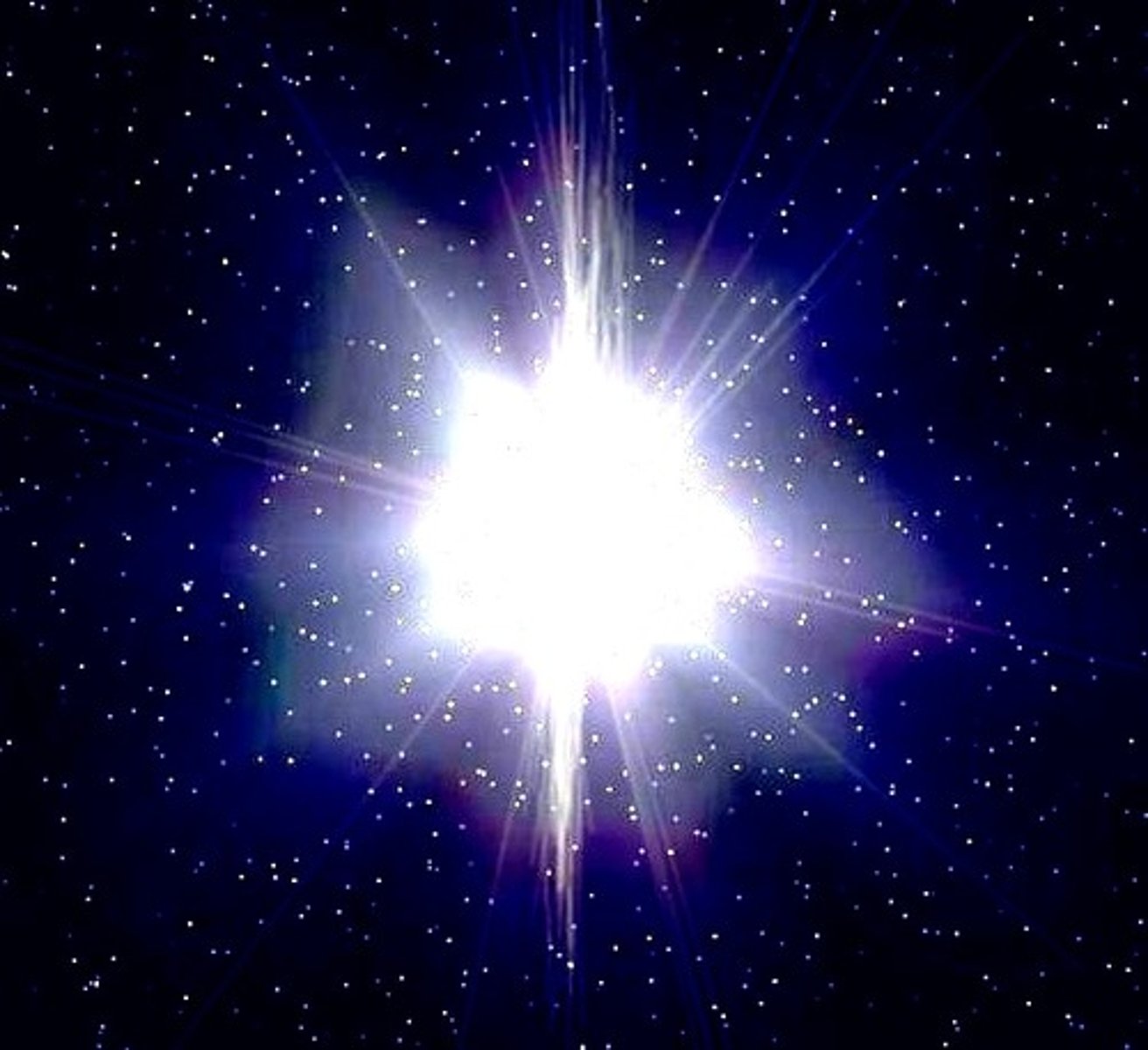
Type Ia Supernova
A supernova occurring after a white dwarf sucks enough mass from a companion star to exceed the Chandrasekhar limit. When this limit is reached, a runaway nuclear reaction begins in the core of the white dwarf. This spreads outwards, completely destroying the white dwarf in a supernova
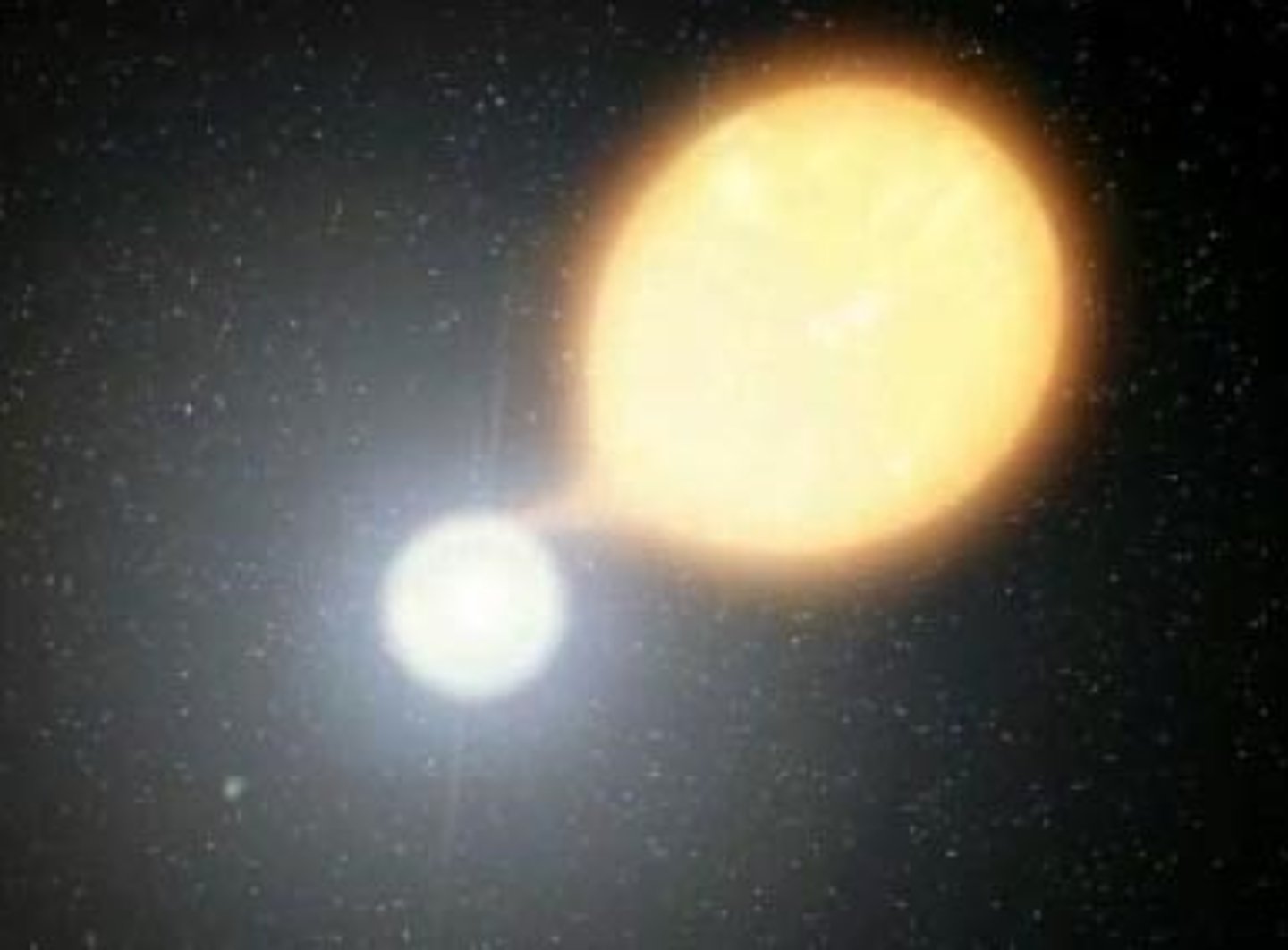
Neutron stars
The remains of core-collapse supernova.
Pulsars
Rapidly spinning neutron stars that give off bursts of radio waves at regular intervals
Black holes
When the neutron star exceeds 3.5 solar masses, it collapses into a point that has infinite density. Light photons cannot escape from this black hole
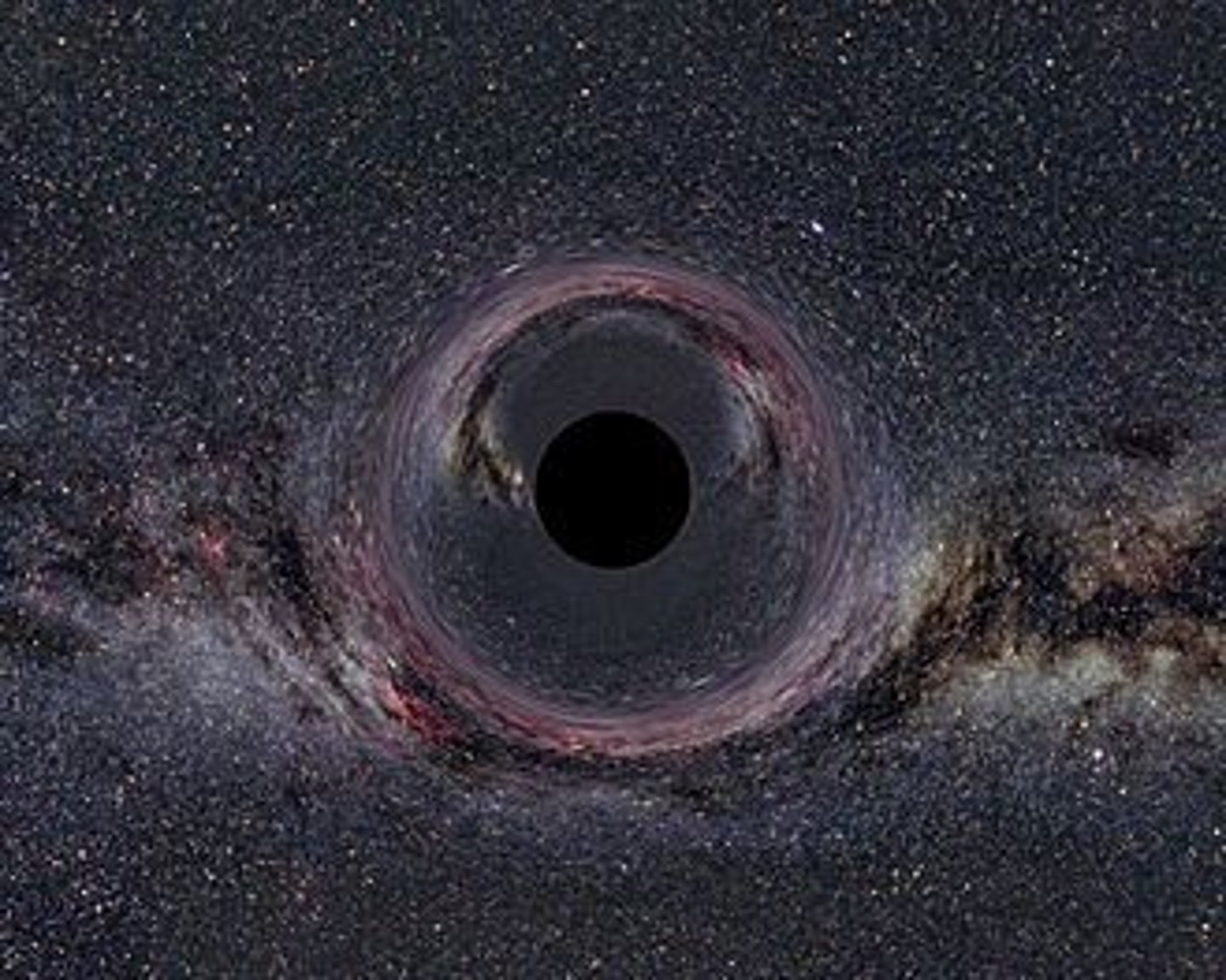
Schwarzschild radius
the radius of the event horizon - 2GM/c²
